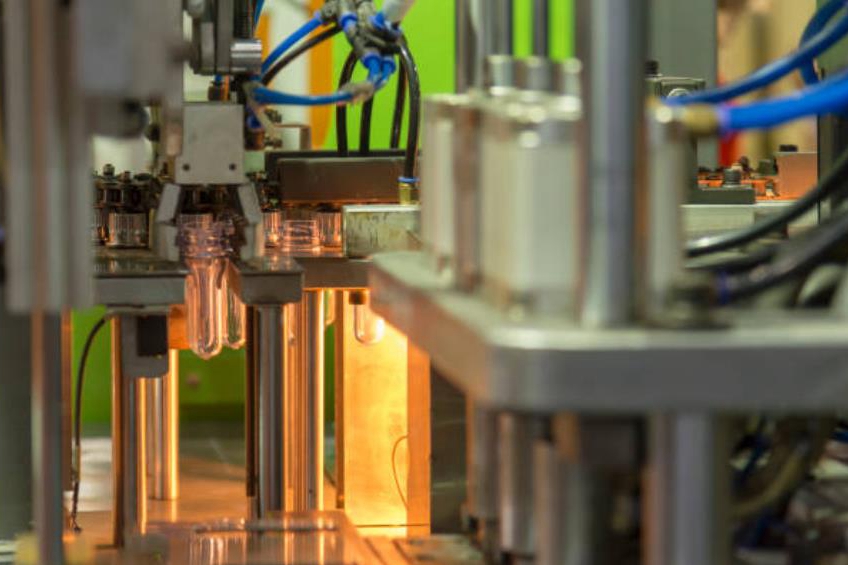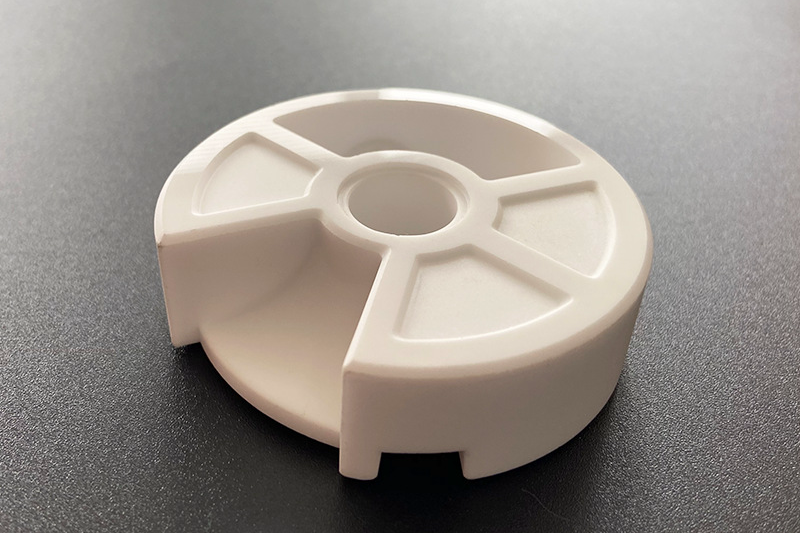Which precision factors are most vital to prevent technical lock manipulation?
In technical locking systems, mechanical precision is the first defense against unauthorized manipulation. To prevent picking, bumping, or forced rotation, key components such as pins, sliders, gears, and housing interfaces must be manufactured with micron-level tolerance control. During custom parts manufacturing, this precision is achieved through controlled tool wear, advanced mold design, and process validation using CNC machining prototyping and metal injection molding. Precise dimensional repeatability not only ensures smooth locking motion but also restricts any internal play that attackers could exploit using mechanical tools.
Critical Precision Factors in Lock Design
The geometry of mating components is fundamental. Components formed via MIM 17-4 PH or MIM-4140 allow very thin cross-sections with high hardness after heat treatment, which increases resistance to drilling and prying. Surface finishing—especially electropolishing or brushed finish—removes machining marks that could guide attack tools. Controlled clearances at each sliding interface are vital; gaps exceeding 20–30 microns may allow lock bumping or excessive rotational play, so precision machining or ceramic injection molding is used for parts requiring extreme dimensional stability.
Manufacturing Processes That Enhance Security
For anti-picking features such as paracentric keyways or staggered pins, investment casting and sheet metal stamping can be combined with prototyping validation to form complex geometries. Insert components produced via insert molding provide secure interfaces between metal cores and plastic housings. To maintain manipulation resistance during repeated use, dimensional consistency is preserved with heat treatment and nitriding, which strengthen load-bearing surfaces and retain tolerances over years of service.
Design Principles to Avoid Manipulation
Security-focused locks in locking systems must integrate precision geometry with material hardness and error-proof assembly. Key guidelines include: 1. Maintain consistent backlash control in gears and sliders through CNC machining or precision casting. 2. Use high-strength alloys and tight molding tolerances via metal injection molding to eliminate exploitable clearance. 3. Apply protective coatings such as black oxide coating or PVD to resist tool grip and corrosion. 4. Validate locking performance through prototype testing and controlled tolerance stack-up evaluation using rapid molding prototyping.



